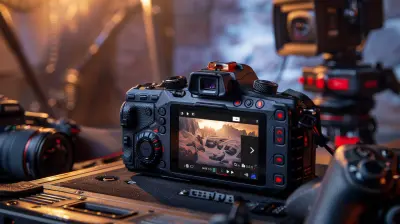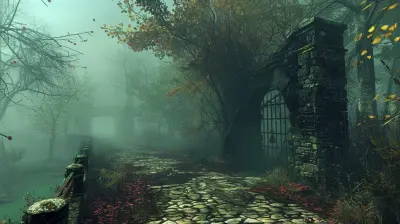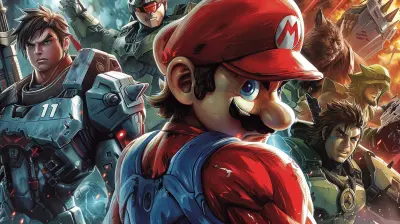Why Art Style Can Be More Important Than Realism in Games
30 April 2025
Have you ever stopped mid-game, jaw-dropped, staring at the screen because of how beautiful or unique the graphics are? Chances are, it wasn’t the hyper-realistic textures or the pixel-perfect shadows that caught your attention—it was the art style. While realism in games has come a long way thanks to evolving technology, art style often leaves a deeper, more lasting impression. So why is it that sometimes a cel-shaded masterpiece like The Legend of Zelda: Breath of the Wild can feel more impactful than a graphically intense game like Call of Duty? Let’s dive into the world of art, creativity, and why art styles might just matter more than chasing realism.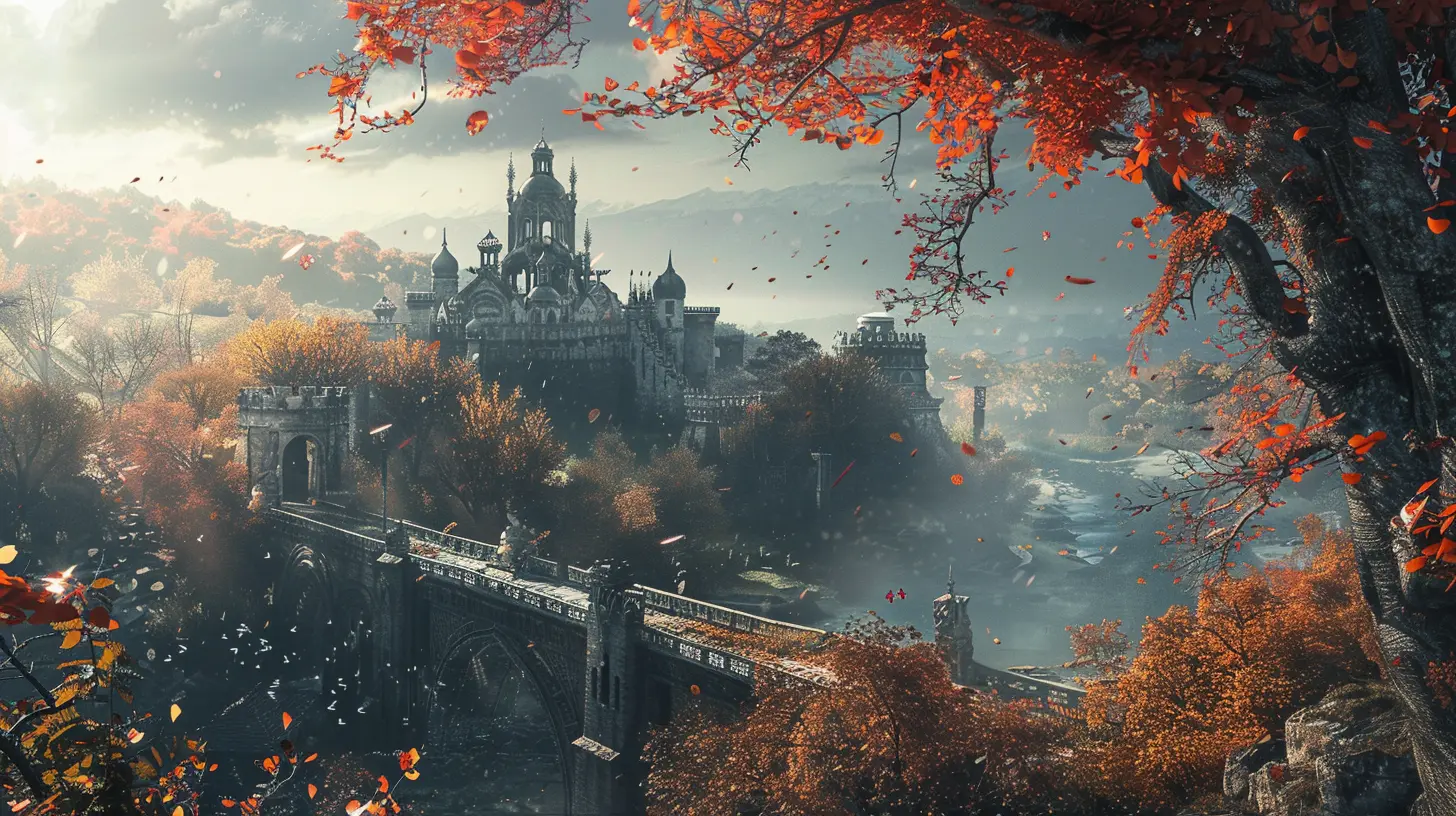
Realism: The Quest for Visual Perfection
Let’s give realism some credit where it’s due. It’s hard not to be impressed by how far video game graphics have come. From the blocky pixels of the past to the near photo-realistic environments of today’s AAA titles, realism has been the goal for many developers. And to be fair, when executed well, it can be breathtaking.Realistic visuals excel at immersing the player into the game world. Think of walking through the streets of Cyberpunk 2077 or exploring the wilderness in Red Dead Redemption 2. Every blade of grass, every reflection, and every weather detail pulls you into a hyper-authentic universe. It makes you feel like you're there, standing in the middle of it all.
But here’s the kicker—realism can also be restrictive. When developers aim for photorealistic worlds, they’re bound by the rules of reality itself. A tree has to look like a tree. A human’s face has to reflect every muscle movement realistically, or it’ll fall into the dreaded uncanny valley. And let’s not forget the hardware limitations—your older console or PC might start sweating during those graphically intense moments. All of this can come at the cost of true creativity.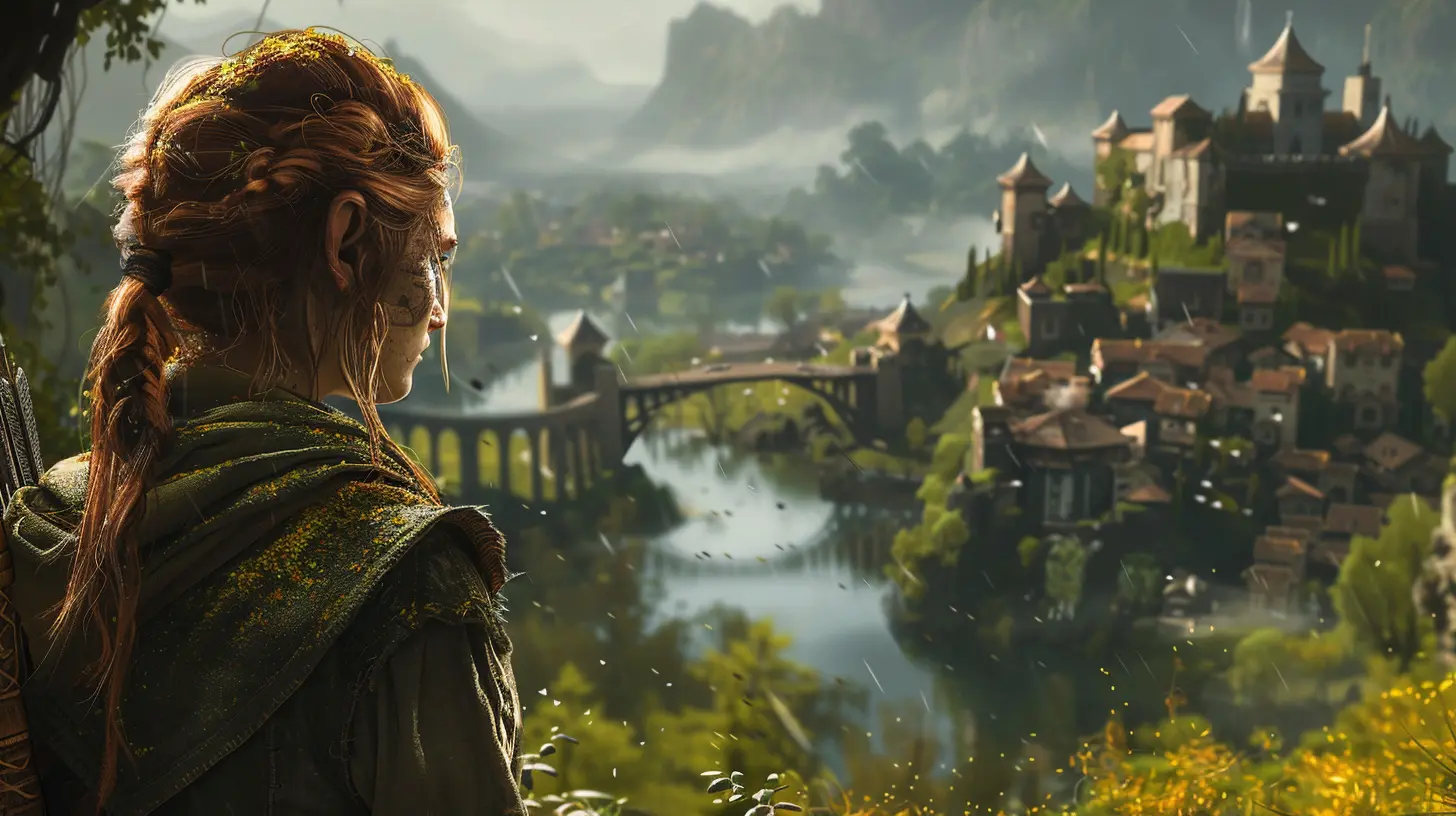
Art Style: The Soul of Gaming
Now, let’s talk about art style. If realism is about mimicking reality, art style is about creating a world from scratch. It allows developers to toss the rules of physics, biology, and logic out the window and instead build something visually distinct and emotionally resonant.Take a game like Hollow Knight. Its hand-drawn, gothic art style creates a hauntingly beautiful world filled with personality. Now imagine if it had gone for realism—would it have had the same charm? Probably not. That’s the magic of art style; it gives games their unique identity. With one glance at a screenshot, you can distinguish Journey from Dark Souls, or Celeste from Cuphead.
Art style isn’t about replicating life; it’s about expressing emotion. It doesn’t try to convince you that you’re in the real world—it sweeps you away into its own. And isn’t that why we play games in the first place? To escape reality and immerse ourselves in something completely different?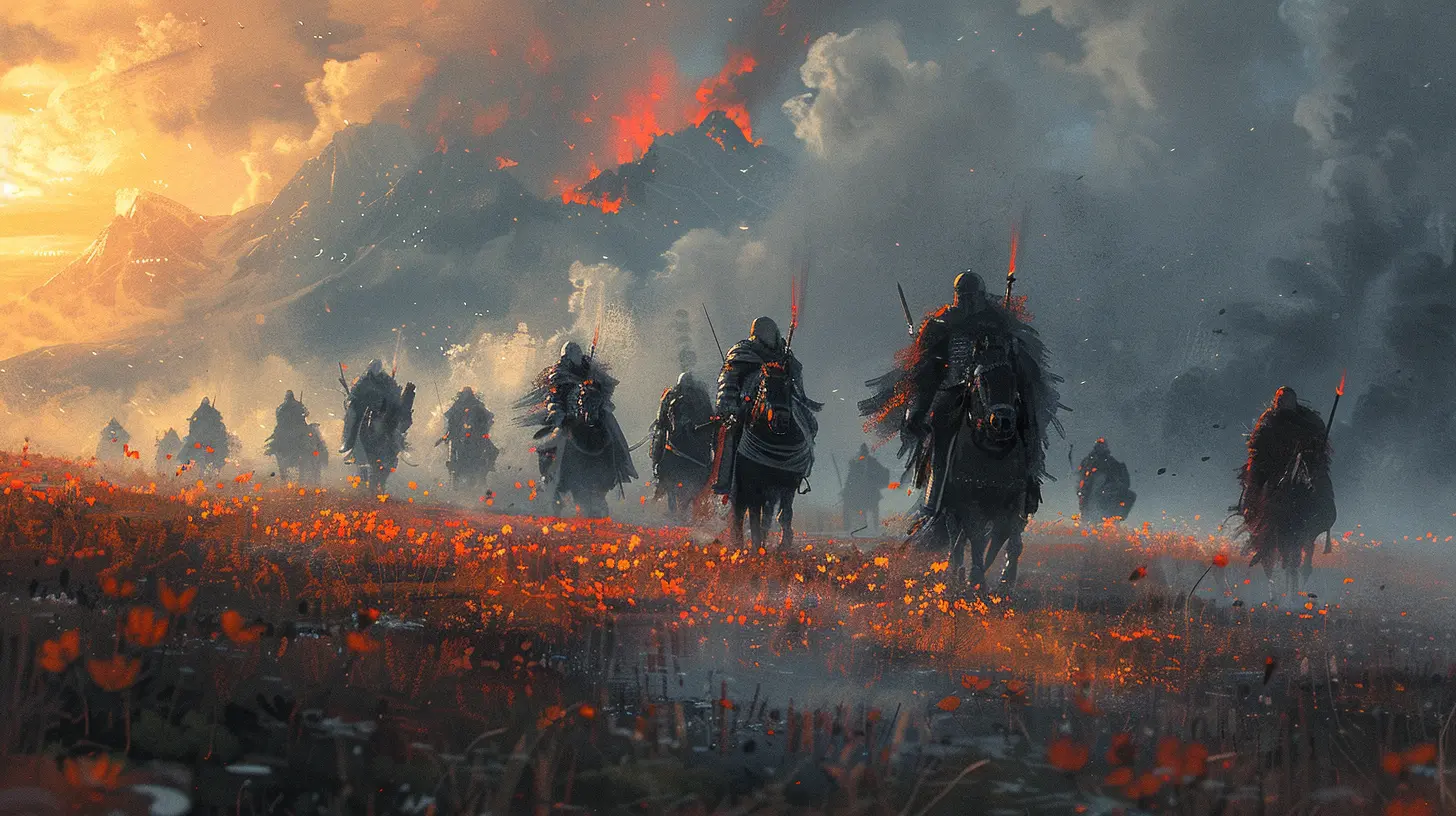
The Emotional Connection
Here’s where art style really shines—it evokes emotion in ways realism can’t. Think of it like this: realism hits your brain, art style hits your heart.When you play a game like Undertale, the pixel art might seem simple compared to today’s standards, yet it carries an emotional weight that realism could never achieve. Why? Because the art style works in harmony with the game’s themes, music, and storytelling. Together, they create an experience so personal and heartfelt that high-definition textures would feel out of place.
Art style also encourages imagination. Where realism fills in every detail, art styles sometimes leave gaps, and your brain instinctively fills them in. It’s like reading a book versus watching a movie—your imagination becomes part of the experience. That’s powerful. 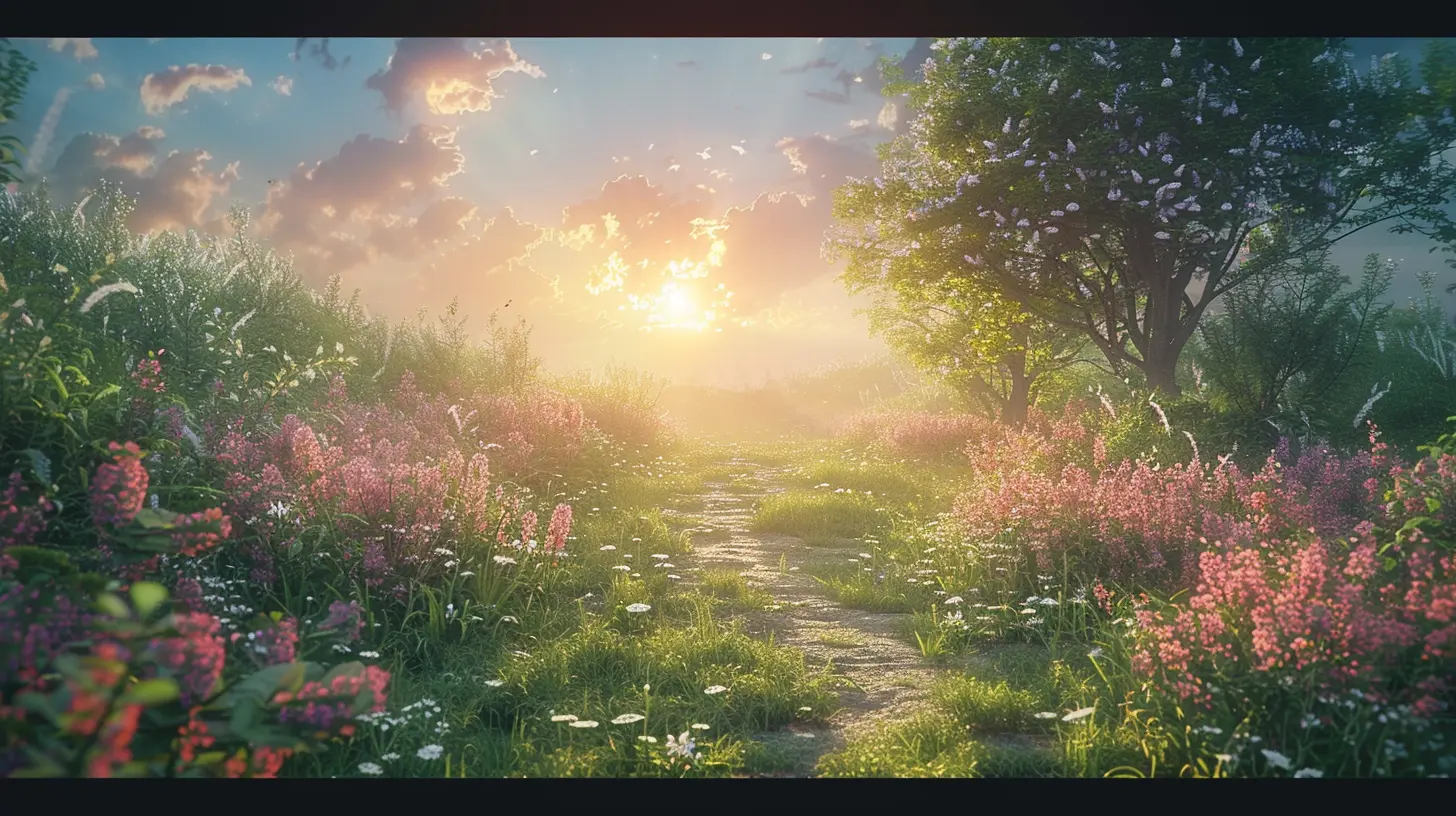
Timelessness of Art Styles
You know what’s funny about realism in games? It ages like milk. What once looked jaw-dropping a decade ago may look outdated today. Remember how Final Fantasy VII once felt like the pinnacle of graphics technology? Nowadays, players joke about its blocky character models. Realism is a moving target—it only stays impressive until the next big leap in technology.Art style, on the other hand, is timeless. Consider The Legend of Zelda: Wind Waker. When it first released, many fans criticized its cel-shaded graphics for being “cartoonish.” Fast forward years later, and it’s now considered one of the most visually enduring games in the series. Why? Because good art isn’t about technical limitations; it’s about vision and execution.
Games like Okami and Journey will always feel fresh and captivating, no matter how many years pass. Art style transcends trends and stays relevant, proving that creativity leaves a far bigger mark than technical prowess.
Diversity and Accessibility: Art Style Levels the Playing Field
Let’s face it—not every developer has the budget of a major AAA studio. Realism demands a ton of resources, from advanced motion capture tech to massive teams of artists and engineers working around the clock. For indie developers with smaller budgets, that level of polish simply isn’t feasible.But here’s the good news—art style doesn’t care about your budget. With creativity leading the way, even small teams can create visually stunning games. Look at Stardew Valley. Its pixel art doesn’t scream “cutting edge,” but its cozy, nostalgic charm created a global phenomenon. Similarly, Hades combined a striking comic-book aesthetic with fluid animations, proving art style can create a blockbuster without breaking the bank.
Art style also makes games more accessible. Not everyone owns the latest gaming PC or console capable of running photorealistic graphics. By focusing on art style, developers can create games that are just as engaging on less powerful hardware, opening the door for players from all walks of life to enjoy their creations.
Art Style vs. Realism: It’s Not a Competition
Before we crown a winner here, let’s take a step back. The truth is, it’s not about choosing between art style and realism—it’s about finding the right fit for each individual game.For some games, realism is the perfect choice. Simulation games like Microsoft Flight Simulator or Gran Turismo thrive on attention to detail, grounding players in their authenticity. For others, like Ori and the Blind Forest or Gris, a strong art style conveys the tone and emotion far more effectively than photorealistic visuals ever could.
It’s a delicate balance, and ultimately, the best games are those that use their visual style—whether realistic or stylized—to complement their gameplay and storytelling. At the end of the day, it’s about what serves the game’s vision best.
Conclusion: The Heart of Gaming Lies in Art
So, why can art style be more important than realism in games? Because it connects us to the heart of the experience. It sparks joy, stirs emotions, and leaves lasting impressions that transcend the technical boundaries of realism. It’s the difference between staring at a beautiful photograph and stepping into a vibrant painting that invites you to explore its depths.Realism has its place, no doubt. But art style? Art style has soul. And that’s what makes games unforgettable. So next time you fire up a game with a bold, unique art style, take a moment to appreciate the creativity and passion that went into crafting it. After all, isn’t that what gaming is all about?
all images in this post were generated using AI tools
Category:
Video Game GraphicsAuthor:

Brianna Reyes
Discussion
rate this article
4 comments
George McGinnis
In hues and strokes, emotion breathes; art transcends, where realism merely lingers.
May 4, 2025 at 3:58 PM

Brianna Reyes
Thank you! I completely agree—artistic style can evoke deeper emotional connections and create unique experiences that realism often can't capture.
Vanta McIntyre
Great insights! Art style really shapes our emotions and experiences in games—it's all about creativity!
May 4, 2025 at 4:31 AM

Brianna Reyes
Thank you! I completely agree—art style is a powerful tool that enhances player emotions and elevates the overall experience. Creativity truly drives the magic in gaming!
Colin Patterson
This article raises a fascinating point! I'm curious about how different art styles can evoke emotions and enhance gameplay experiences in ways realism sometimes can't. Can the right aesthetic transform a simple story into an unforgettable adventure? I'd love to hear more examples!
May 3, 2025 at 3:39 PM

Brianna Reyes
Thank you for your comment! Absolutely, the right art style can elevate a game by creating unique atmospheres and emotional connections that realism may not achieve. Examples include the quirky charm of *Celeste* and the striking visuals of *Gris*, both of which transform their narratives into unforgettable experiences.
Carina Brooks
The article compellingly argues that art style often shapes a game's identity more than realism. Unique visuals can evoke emotions and enhance gameplay, creating memorable experiences. By prioritizing artistic expression over photorealism, developers can foster immersive worlds that resonate deeply with players, illustrating that creativity can triumph over technical fidelity.
May 2, 2025 at 3:12 AM

Brianna Reyes
Thank you for your insightful comment! I completely agree—art style not only defines a game's identity but also enriches the player's emotional journey, proving that creativity often outweighs mere realism.
